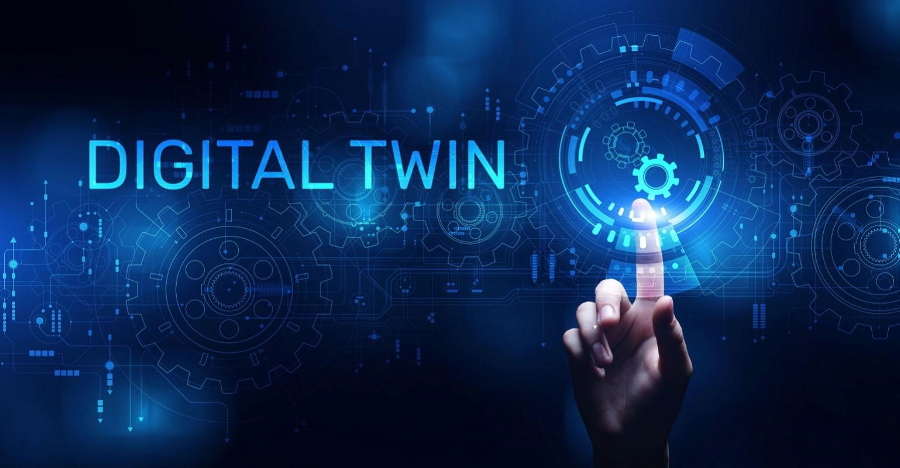
Technology is advancing at lightning speed, and one of the most transformative innovations reshaping industries today is the concept of Digital Twins. From manufacturing plants to smart cities, digital twin technology is revolutionizing how we design, operate, and maintain physical systems. But what exactly are digital twins, and why are they considered the backbone of Industry 4.0?
What is a Digital Twin?
A digital twin is a virtual replica of a physical object, process, or system that continuously receives real-time data from its physical counterpart. Think of it as a mirror image in the digital world, connected through the Internet of Things (IoT), sensors, and AI.
For example:
- A digital twin of a jet engine can simulate its performance, predict failures, and optimize fuel efficiency.
- A digital twin of a city can model traffic, energy usage, and even environmental conditions.
This real-time connection allows organizations to test, analyze, and optimize performance without risking the actual asset.
How Do Digital Twins Work?
It integrate multiple technologies:
- IoT Sensors – Collect real-time data from machines, devices, or environments.
- Cloud Computing – Stores and processes large volumes of data.
- AI & Machine Learning – Analyze data to predict behavior and suggest improvements.
- Simulation & 3D Modeling – Create a virtual representation of the physical system.
Together, these components ensure that it evolves alongside its real-world counterpart, providing continuous insights.
Applications of Digital Twins
They are no longer limited to research labs they are being adopted across multiple industries:
1. Manufacturing
Factories use digital twins to simulate production lines, predict equipment breakdowns, and optimize workflows. This reduces downtime and increases efficiency.
2. Healthcare
Digital twins of human organs or patients can help doctors predict treatment outcomes, personalize medicine, and even practice complex surgeries virtually.
3. Smart Cities
Urban planners create digital twins of cities to monitor traffic, pollution, and energy consumption. This helps in designing sustainable, efficient urban spaces.
4. Aerospace & Automotive
Companies like NASA and Tesla use digital twins to test aircraft and vehicles virtually before deploying in the real world.
5. Energy Sector
Wind turbines, power grids, and oil rigs are monitored through digital twins to improve efficiency, safety, and sustainability.
Benefits of Digital Twin Technology
The rise offers several advantages:
- Predictive Maintenance – Anticipate failures before they happen, reducing repair costs.
- Efficiency Optimization – Fine-tune performance to maximize productivity.
- Cost Savings – Minimize testing in the real world, saving time and resources.
- Risk Reduction – Test new strategies digitally without impacting live systems.
- Sustainability – Optimize energy use and reduce waste across industries.
The Future of Digital Twins
The global digital twin market is projected to surpass $100 billion by 2030, with rapid adoption in manufacturing, healthcare, and infrastructure.
Future advancements will include:
- AI-powered self-learning twins that improve automatically.
- Integration with the Metaverse, creating immersive simulations of entire cities and industries.
- Digital twins for individuals, where health data, lifestyle, and genetics are simulated for preventive healthcare.
As 5G and edge computing expand, it will become faster, more accessible, and more widely used.
Challenges in Adoption
Despite its potential, this technology is facing a few hurdles:
- High Implementation Costs – Sensors, cloud infrastructure, and AI tools are expensive.
- Data Privacy Concerns – Sharing real-time data raises cybersecurity risks.
- Complexity – Developing and maintaining accurate digital models requires expertise.
Companies must address these challenges to unlock the full benefits.
Conclusion
Digital twins are bridging the gap between the physical and digital worlds, enabling smarter decisions, predictive insights, and sustainable growth. From optimizing factories to saving lives in healthcare, they are shaping the future of innovation.
As industries embrace IoT, AI, and real-time data, digital twins will become an essential part of everyday operations—driving efficiency, reducing costs, and creating smarter systems across the globe. Also read about metaverse economy.
